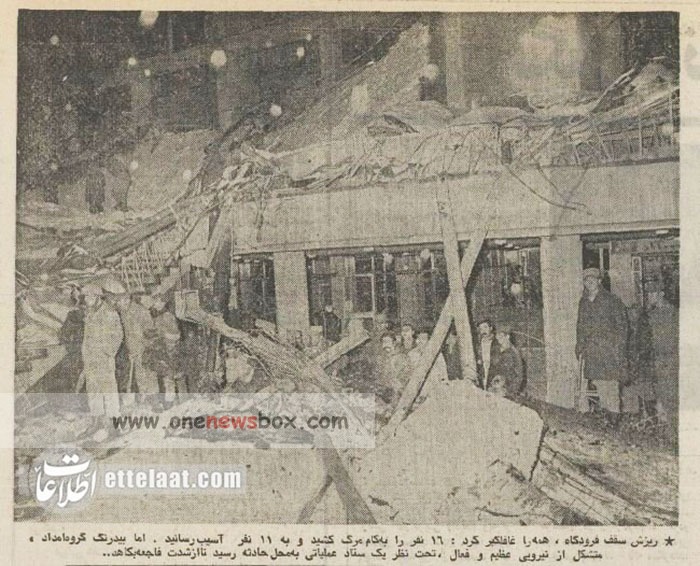Ebtehaj and the Shadow of Responsibility
The Mehrabad Airport roof collapse also cast a shadow over Abolhassan Ebtehaj, the CEO responsible for the construction and renovation of the airport’s infrastructure. Ebtehaj had already faced criticism in connection with other projects, and the collapse added fuel to the growing allegations of mismanagement and negligence. While Ebtehaj had been a prominent figure in Iran’s development, his legacy was marred by the failure to prevent such a preventable disaster. The incident became one of the key points in the broader narrative of public disillusionment with the government’s handling of infrastructure projects in the years leading up to the Iranian Revolution of 1979.
Conclusion: A Lesson in Safety and Responsibility
The Mehrabad Airport roof collapse of 1974 serves as a tragic reminder of the importance of engineering safety, effective emergency response systems, and the need for responsible oversight in large-scale infrastructure projects. The loss of life and the suffering caused by the incident could have been prevented had the proper precautions been taken. The event also highlighted the need for greater attention to the potential dangers posed by environmental factors, such as heavy snow, and the importance of not underestimating the risks associated with construction work that affects the structural integrity of buildings. The establishment of an Emergency Department in the wake of the disaster was a critical step toward improving Iran’s disaster response capabilities, but it also underscored the need for greater accountability in the management of public projects.
In the years following the collapse, the tragedy became a key event in Iran’s modern history, leaving a lasting legacy of lessons about safety, preparedness, and the human cost of negligence.

